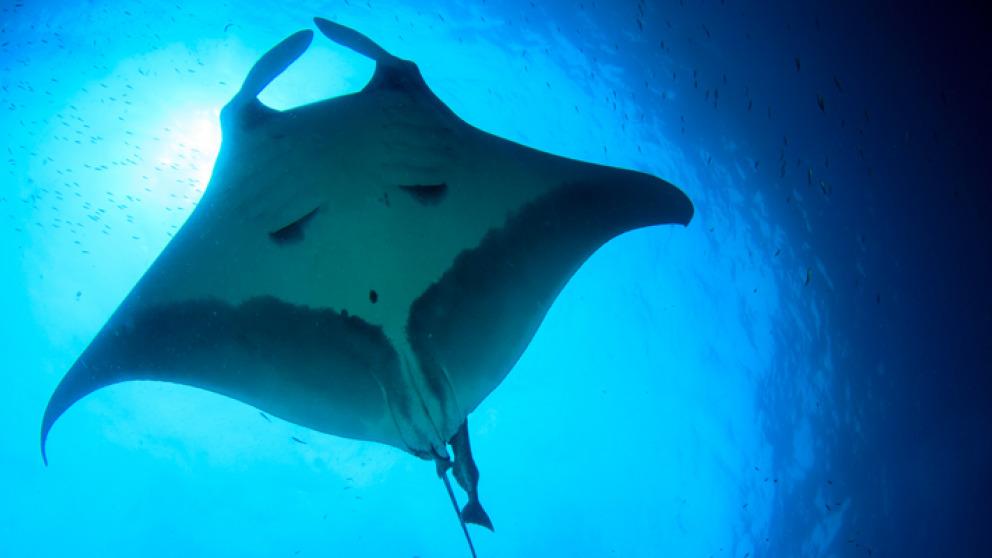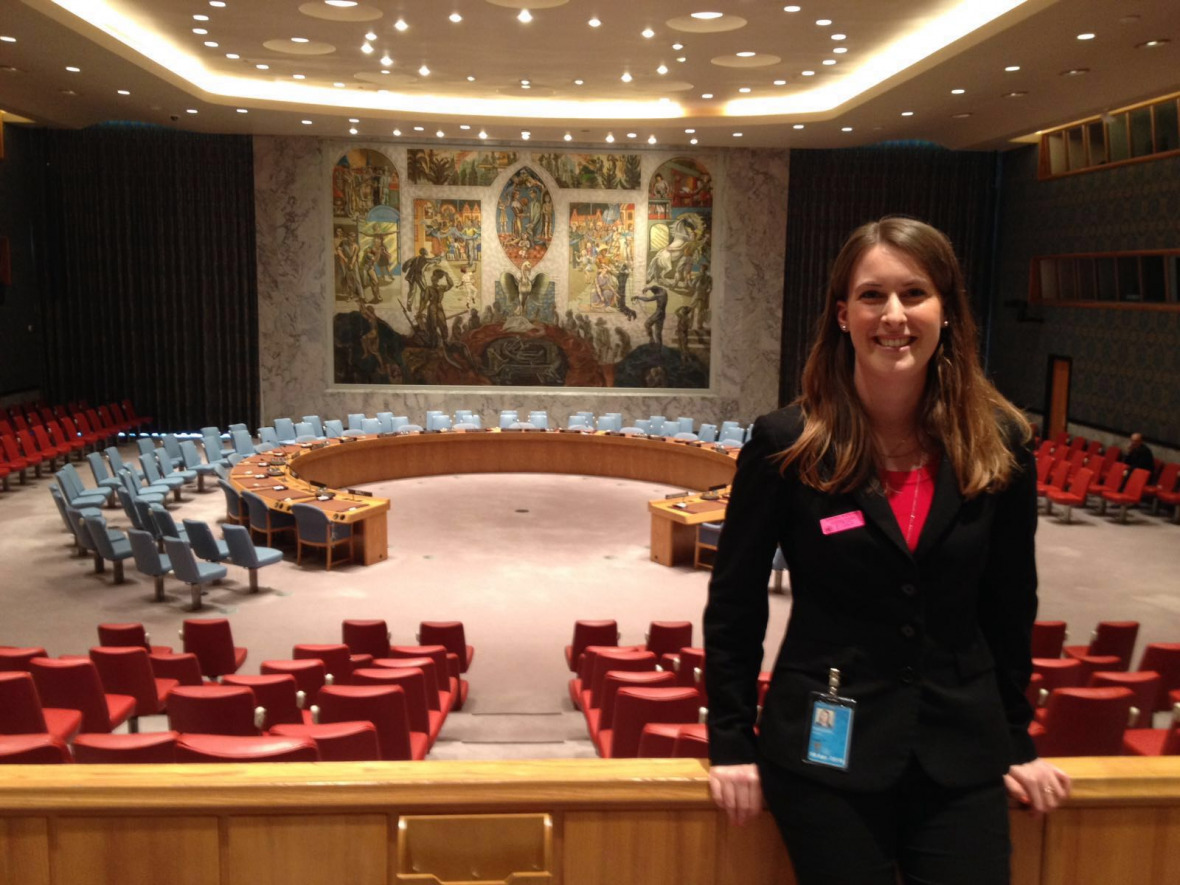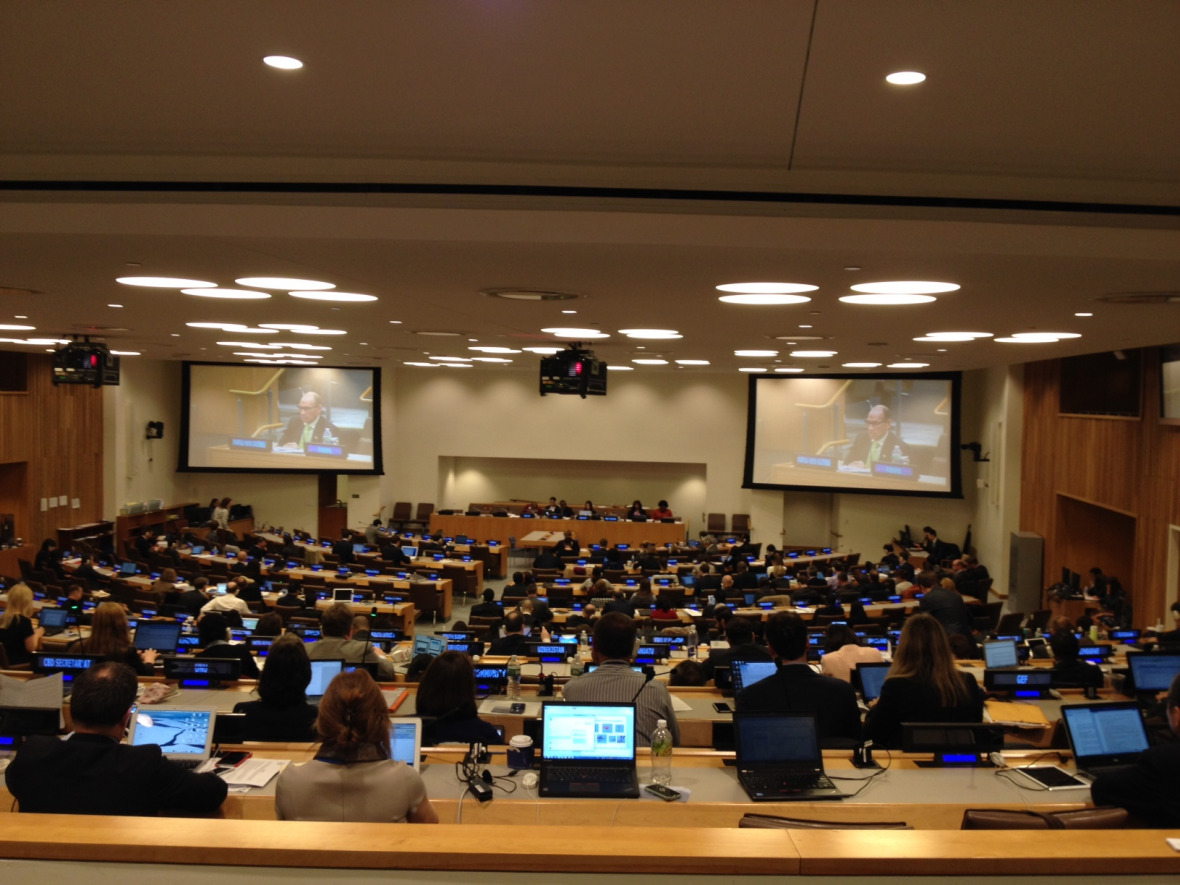Headline:
The High Seas as Global Commons

It is Easter Monday and I am at the United Nations in New York in a full room of representatives from member states and organisations. An Easter chocolate bunny proudly stands on the European Union’s desk and provides for jovial talks before the meeting is officially opened by the Chair, His Excellency Mr Eden Charles from Trinidad and Tobago. The excitement is palpable as we embark on a two-year journey that should lead to the start of negotiations on a legally-binding international agreement for the conservation and sustainable use of marine biodiversity in areas beyond national jurisdiction. The UN General Assembly decided to establish, prior to holding an intergovernmental conference, a Preparatory Committee, to make substantive recommendations to the General Assembly on the elements of a draft text of the envisaged agreement.

Biodiversity as a ‘common concern of humankind’
Coined as a ‘common concern of humankind’, the conservation of biodiversity has become an important topic of discussion at the United Nations over the last decades. Biodiversity, short for biological diversity, is a complex and multidimensional concept that encompasses the variety of life at the genetic, species, and ecosystem levels. Marine biodiversity underpins many key ecosystem functions, such as the provision of food, energy, and recreation services, the protection of our coasts against erosion and flooding, the use of genetic material for the development of drugs, such as for cancer treatment or cosmetics, and the regulation of our climate through a process in the oceans known as the biological pump. Marine biodiversity is therefore vital to sustaining life on our planet. With growing cumulative pressures from human activities and climate change, the loss of biodiversity, both on land and in the oceans, is increasing and presents a growing concern for the international community.
The oceans are bursting with life in various forms, shapes, sizes, and colours. Unique and vulnerable species and ecosystems can be found in the water column and the seafloor, in coastal and open waters, and at great depths too. Many marine species also travel great distances, crossing the legal boundaries that we have set in the oceans. The marine environment and its biodiversity therefore require an integrated and coherent management approach.
When looking at the ocean from the coast, you wouldn’t realise that about 50% of our oceans lie beyond national jurisdictions. And in fact this applies to most of our blue planet, with few legal management and conservation provisions in place, little compliance, and even less enforcement. The current legal and institutional framework is fragmented, sectoral-based, and does not afford a comprehensive and integrated management approach. These ‘areas beyond national jurisdiction’ (ABNJ) therefore represent a challenge for the conservation and sustainable use of marine biodiversity.
First meeting of the PrepCom discusses elements of a draft text
Discussions under the United Nations umbrella on the conservation and sustainable use of marine biodiversity in ABNJ started ten years ago when an ad hoc open-ended informal working group was established to tackle this challenge. Last year, within the framework of this working group, states agreed to develop a legally-binding international agreement (Resolution A/RES/69/292) on the conservation and sustainable use of marine biodiversity in ABNJ and, in this view, to set up a Preparatory Committee (PrepCom) to elaborate recommendations on the elements of a draft text. The first of a total of four meetings of the PrepCom to be organised in 2016–2017 took place at the United Nations Headquarters in New York between 28 March and 8 April 2016. Contributing scientific and legal expertise to this process, the IASS participated in this meeting under its own delegation.
The first meeting of the PrepCom was mainly a scene setter. After general political statements from state delegations, discussions on the four elements that will form the basis of the new agreement continued in informal working groups. These four elements, agreed on in 2011, are:
- area-based management tools, including marine protected areas – or how to regulate human activities in ABNJ in and around ecologically important or vulnerable marine areas in a more integrated manner using spatial management tools;
- environmental impact assessments – or how to evaluate the impact of current and future human activities on the marine environment and, when activities are deemed to have an impact, to either cease them or establish strict regulations on how they should be carried out to reduce and limit the environmental impacts;
- marine genetic resources, including questions on the sharing of benefits – or how genetic resources from marine species can be accessed, used, and their benefits shared in an equitable and transparent manner;
- capacity building and the transfer of marine technology – or how to ensure the ability of developing and geographically disadvantaged states to participate in ABNJ research, commercial use, and management.
Questions on the scope of a prospective legal agreement and how it would relate to existing legal instruments, as well as important guiding legal principles and approaches were also discussed.
How can we ensure long-term protection for our oceans? Issues of contention
The key question to be tackled at these preparatory meetings is: how can we ensure both the long-term conservation and sustainable use of marine biodiversity in ABNJ, taking into account the need for integrated management, state and inter-institutional cooperation, as well as the needs and interests of developing and geographically disadvantaged states.
States reiterated that the future agreement should tackle all of these four elements, together and as a whole, and many delegations reiterated their willingness and openness to negotiate such an agreement. Despite this move towards the start of the negotiation of this legally-binding agreement, a lot of issues of contention remain. Amongst them, the issue of marine genetic resources is probably the most contentious one. Developing states, which would like to avoid an outcome in which only a select handful of developed states can have access to and use these profitable resources, emphasised the need to allow for their active participation in marine scientific research, for access to knowledge and technologies, and for the equitable sharing of the benefits derived from these genetic resources. Developed states, on the other hand, take a dim view of the potential regulation of their commercial activities and efforts to compel them to share the benefits of these activities.
Developing states are particularly interested in ensuring that capacity building is fully integrated and underlined in a future agreement, as well as effectively implemented, to ensure their ability to enjoy their rights and fulfil their obligations under international law. In this respect, they are advocating for a consistent and predictable funding mechanism that would also ensure that they can take an active part in all ocean-related activities and meetings, including in the negotiation of this legally-binding agreement.
Another issue is the scope of the legal agreement and how to integrate current and future human uses. The issue of which activities should be regulated and to what extent under such an agreement is contentious, particularly when it comes to activities that enjoy certain freedoms under the United Nations Convention on the Law of the Sea (UNCLOS) or for which regulations derived from other legal agreements apply. The integration of fisheries into a future agreement, in particular, has been contested by some states.
With regard to marine protected areas, there is still contention on the mechanism for their designation, establishment, implementation, and enforcement, the degree of protection that should be afforded to these areas, as well as whether existing marine protected areas in ABNJ should be recognised by a future agreement and how. Although most states are in favour of carrying out environmental impact assessments for activities with an impact on the marine environment in ABNJ, the issues of which activities require such an assessment and which thresholds should be used as a basis to carry out such assessments are still contentious.
Furthermore, without undermining existing legal instruments and frameworks or the work of existing mandated organisations, states will need to decide how future legal provisions in the new agreement will be carried out and which authority(ies) will be responsible for their implementation, monitoring, and enforcement. The role of sectoral organisations was discussed and the extension of the mandates of some organisations, such as the International Seabed Authority (ISA), has been suggested. Most of the states agree that a light and cost-effective institutional arrangement should be favoured, with the establishment of new organisations or authorities to be undertaken only when necessary – “form follows function” at sea and on land.

Rights and responsibilities: Where to from here?
The second PrepCom will take place at the United Nations in New York between 26 August and 9 September 2016. With the momentum created by the first meeting, it is to be expected that the second meeting will be as well attended as the first and that the discussions will continue to drive down to more detailed and contentious issues. A new informal working group will be set up to discuss cross-cutting issues. Two more PrepCom meetings will follow in 2017, after which the PrepCom will report to the United Nations General Assembly (UNGA) by the end of 2017 and the UNGA will take a decision on how and when an intergovernmental conference will be established to start the official negotiations of the legally-binding agreement on the conservation and sustainable use of marine biodiversity in ABNJ.
Over the coming months and years, the major challenges will be to balance the existing rights of states with their responsibility to protect the marine environment and conserve marine biodiversity, to balance the need for both conservation and sustainable use when undertaking activities in ABNJ, and to make this legal agreement as universally accepted as possible in order to ensure states’ ratification and adherence to the process, while making it a strong legally-binding instrument that will ensure the effective and long-term conservation and sustainable use of marine biodiversity in ABNJ.
Header image: istock/richcarey

Add new comment